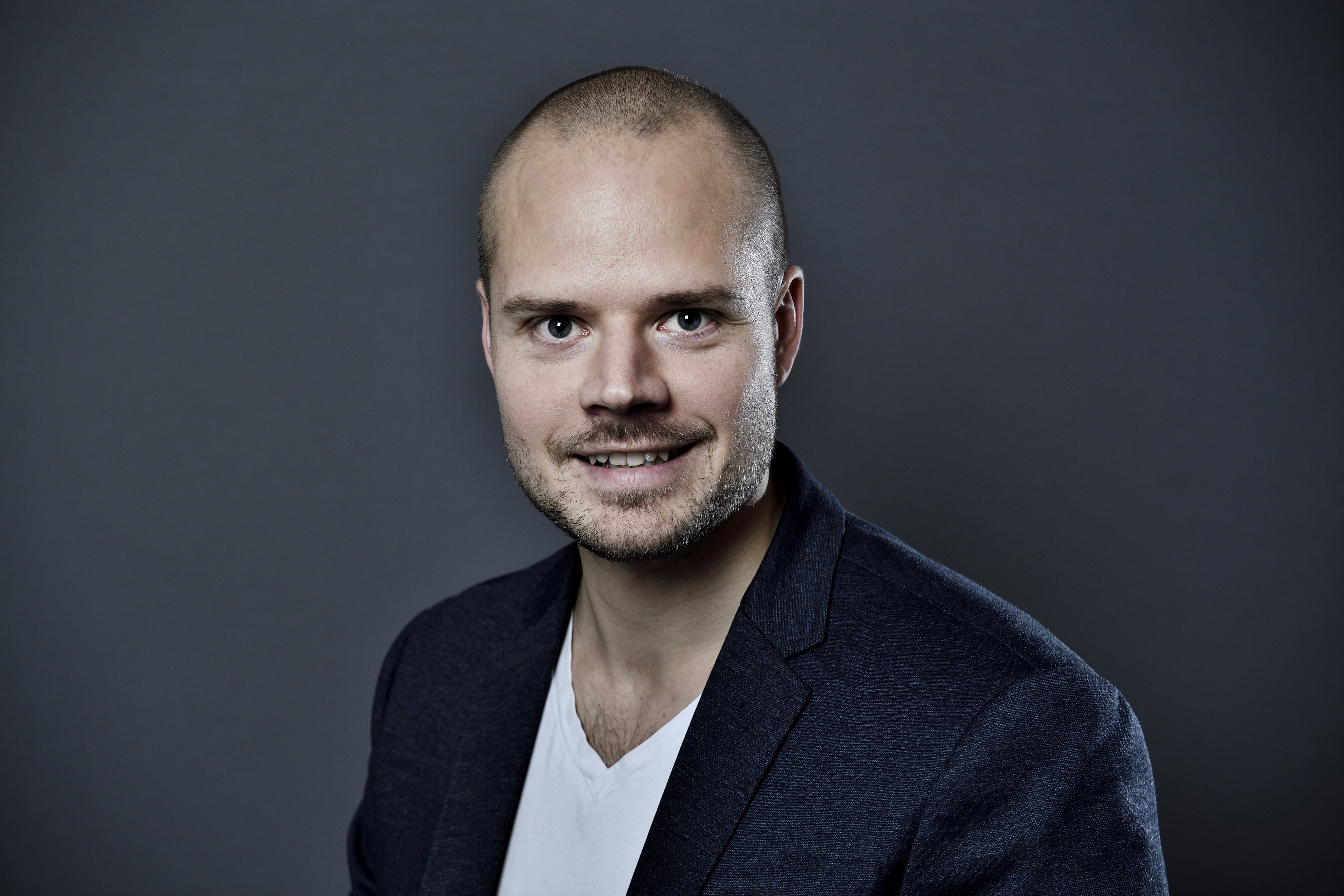Kasper Green Larsen
Research leader

Project title
Data Structure Techniques in Cryptography and Machine Learning
What is your project about?
Data structures is a central field in computer science, studying how efficiently data can be stored and searched through on a computer. In several surprising recent works, it has been demonstrated that classic techniques in data structures can be used to adress fundamental open problems in cryptography and machine learning. In cryptography, it allowed us to understand the necessary computational overhead that arises when encrypting and computing on confidential data stored at a cloud service provider. In machine learning, we have been able to understand the limitations of classic compression techniques. This project builds on this recent connection by using data structure techniques to design faster cryptography and machine learning algorithms, as well as to understand their limitations.
How did you become interested in your particular field of research?
Since I was a child, I have always had a flair for mathematics. During high school, I took an elective course on programming and immediately got excited. The experience of being able to use my creativity to build things from scratch was extremely appealing. This experience later led me to study computer science. During my studies, I quickly realised that the more theoretical aspects of computer science interested me the most. I was so fascinated that one can use mathematics to speed up computers and argue about their limitations, that I immediately got hooked, and have studied such topics ever since.
What are the scientific challenges and perspectives in your project?
Designing new and faster algorithms, as well as understanding the inherent limitations of how efficient such algorithms can become, requires the development of new mathematical techniques and proofs. It is essentially impossible to plan how one will develop the necessary ideas. It typically requires a lot of thinking, trial-and-error, a whiteboard, lots of coffee and that one brilliant idea. In this project, we have the benefit of building on a recent wave of successful applications of data structure techniques in cryptography and machine learning. We thus already have a great intuition on where to start and in which direction to go.
What is your estimate of the impact, which your project may have to society in the long term?
Security is essential in our modern information driven society. Without encryption, e-commerce would be non-existing. This project has the potential to speed up current secure systems, for a better user experience. Similarly, for machine learning, we aim to improve the basic building blocks used in the thousands of applications of machine learning. These applications range from weather forecasting, to stock predictions and to medical image analysis. Making the basic algorithms faster, means that we can train machine learning models faster. Indirectly, it also means that we can get better predictions, since with faster algorithms, we have time to run more data through them. Finally, this project will also increase our basic understanding of the computational resources needed in cryptography and machine learning.
Which impact do you expect the Sapere Aude programme will have on your career as a researcher?
In the short run, it will allow me to hire researchers that will help me pursue the many ideas I have had over the past few years. Also, I see the Sapere Aude programme as one of the most prestigious Danish early-career grants, and thus I hope and believe it will help me build a larger researcher group and support the acquirement of even larger grants later on in my career.
Background and personal life
I spend most of my sparetime with my lovely wife Lise and two children Julie (10) and Noah (8). We live in Bruunshaab near Viborg, which is an excellent small town for a family. We love traveling, and have just spend six months in Berkeley last year (near San Francisco in California). I enjoy running, both around the lakes in Viborg and on the mountainbike trails in the nearby forests. Finally, I am a member of the Young Academy under the Royal Academy of Science and Letters. The Young Academy gives me a unique opportunity to meet and be inspired by the best young Danish researchers across all disciplines.
View all research leaders here
Research institution
Aarhus University, Computer Science
Research field
Computer Science
City of your current residence
Viborg
High school
Viborg Amtsgymnasium og HF
